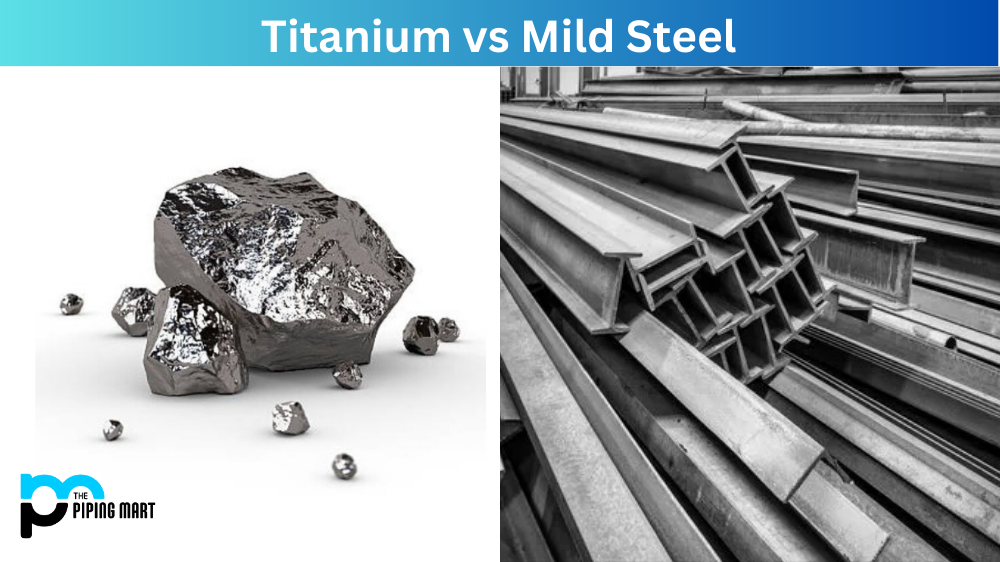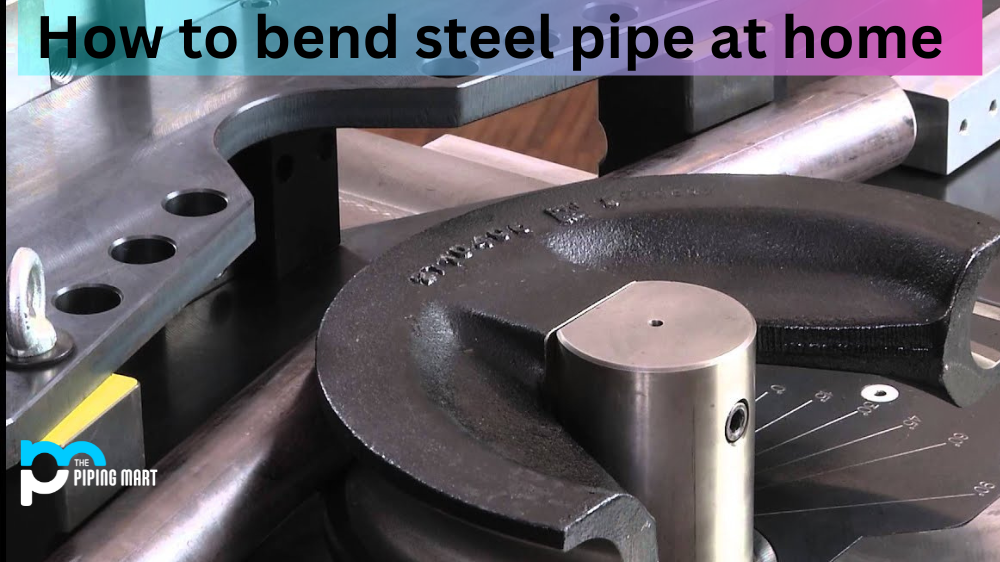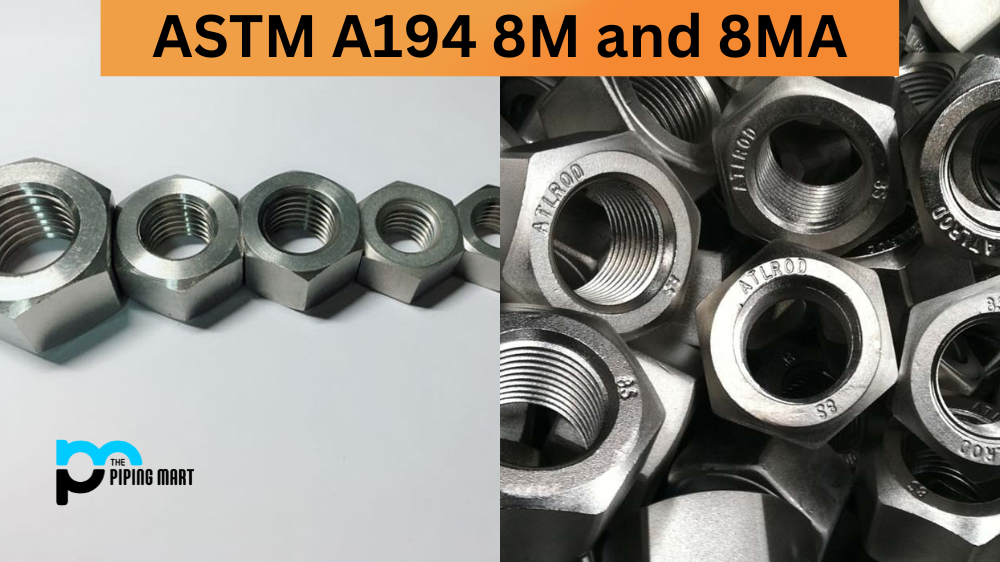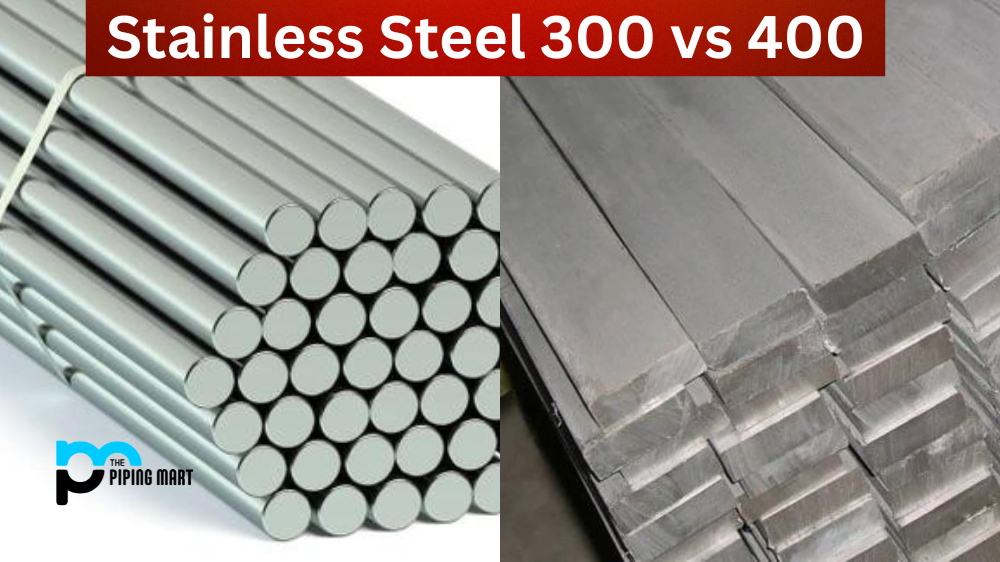If you are in the construction, automotive, aviation, or any other industry that requires metal components, you may wonder which material to choose for your next project. Two of the most popular metals used in modern manufacturing are titanium and mild steel. Both materials have advantages and disadvantages, but which is better for your specific requirements? As an expert in the field, the answer depends on various factors, such as the application, budget, and more. In this blog post, I will compare titanium and mild steel to help you make an informed decision.
Difference Between Titanium and Mild Steel
Properties
First, let’s talk about the properties of titanium. Titanium is a lightweight, strong, and corrosion-resistant metal perfect for applications requiring a high strength-to-weight ratio, such as aerospace, medical, and sports equipment. Titanium is also biocompatible, meaning it can be used in medical implants without causing any harm to the body. However, titanium is also expensive compared to other metals, and it cannot be easy to machine and weld.
On the other hand, mild steel is a standard metal that is widely used in various industries. Mild steel is affordable, easy to fabricate, and has strength and flexibility. It can also be machined and welded easily, making it an ideal material for building structures, automotive frames, and industrial equipment. However, mild steel is prone to corrosion and rust, especially in humid or corrosive environments, limiting its lifespan and durability.
Strength
Regarding strength, titanium is more robust than mild steel, with a higher tensile strength and yield strength. Titanium is also more fatigue-resistant and can withstand extreme temperatures, making it suitable for high-stress applications. Mild steel, on the other hand, has a lower strength-to-weight ratio than titanium, but it is still a solid and durable metal that can handle most everyday applications.
Weight
Another factor to consider is the weight of the material. Titanium is a lightweight metal with a 4.5 g/cm³ density, about half steel’s weight. This makes it an excellent choice for applications that require lightweight components, such as aircraft and sporting equipment. Mild steel, on the other hand, is a heavy metal with a density of 7.85 g/cm³, which means it is less ideal for weight-sensitive applications.
Other Differences
-
- Titanium is a more robust metal than mild steel.
- Titanium is more resistant to corrosion than mild steel.
- Titanium is lighter than mild steel.
- Titanium is more expensive than mild steel.
- Mild steel is more accessible to weld than titanium.
- Mild steel is more pliable than titanium.
- Titanium has a higher melting point than mild steel.
- Titanium is non-magnetic, while mild steel is magnetic.
Conclusion
In conclusion, titanium and mild steel have their strengths and weaknesses, and the choice comes down to your specific requirements. Titanium may be the best choice despite its high cost if you need a high-strength, lightweight, and corrosion-resistant material for aerospace or medical applications. On the other hand, if you need an affordable and easy-to-work-with metal for building structures or industrial components, mild steel may be the better option despite its susceptibility to corrosion. Ultimately, it’s essential to consider all the factors and consult with experts in the field to make an informed decision for your next project.

Meet Bhavesh, a seasoned blogger with a wealth of knowledge and experience. From metal products manufacturing to retail, Bhavesh has a diverse background in various industries and is dedicated to sharing his insights and expertise with readers.




